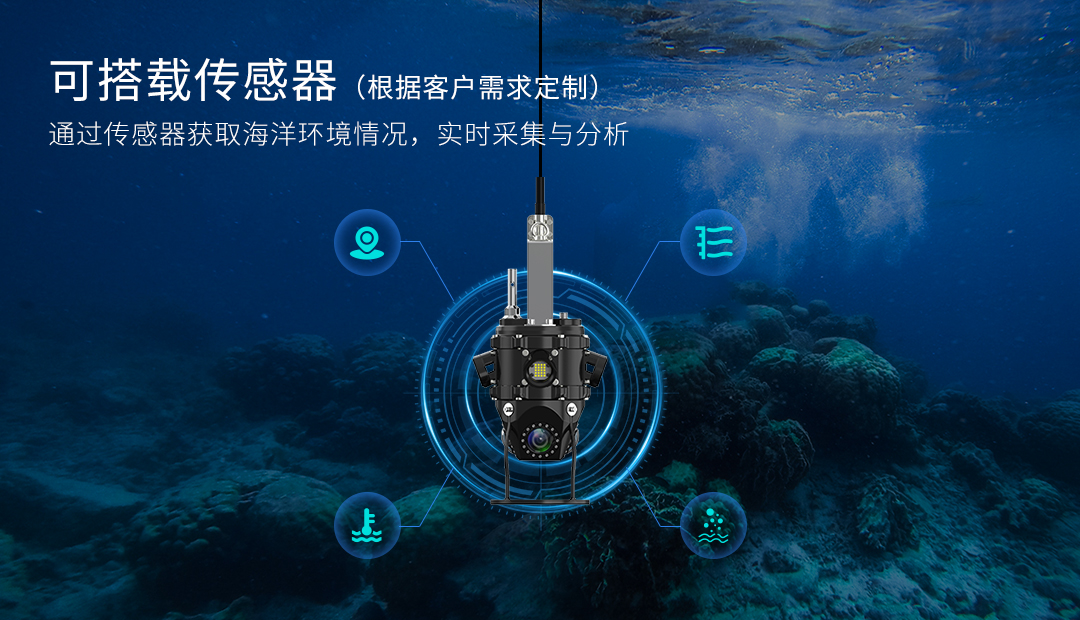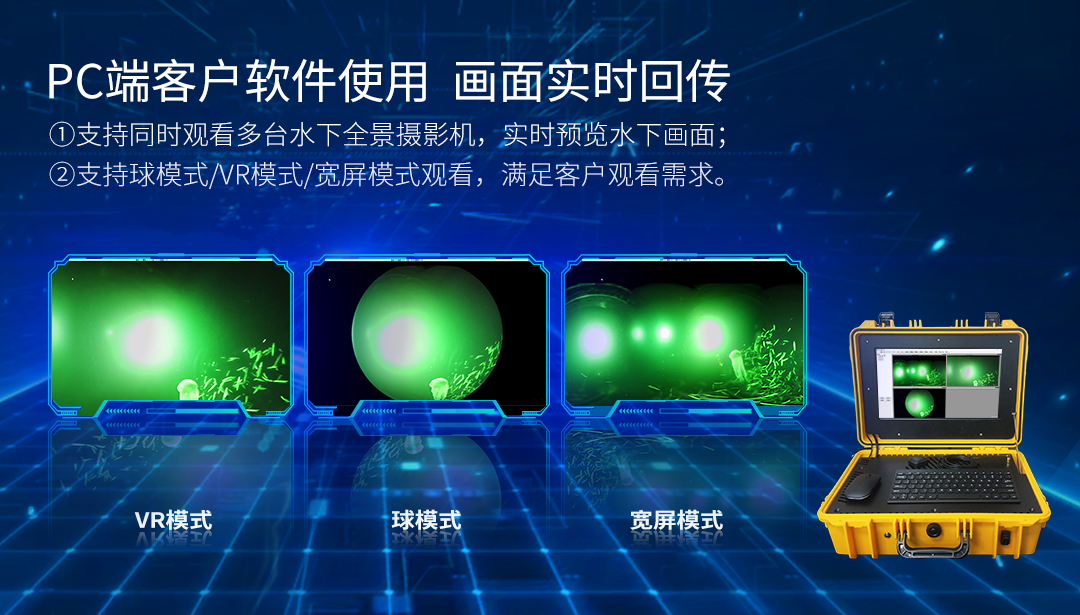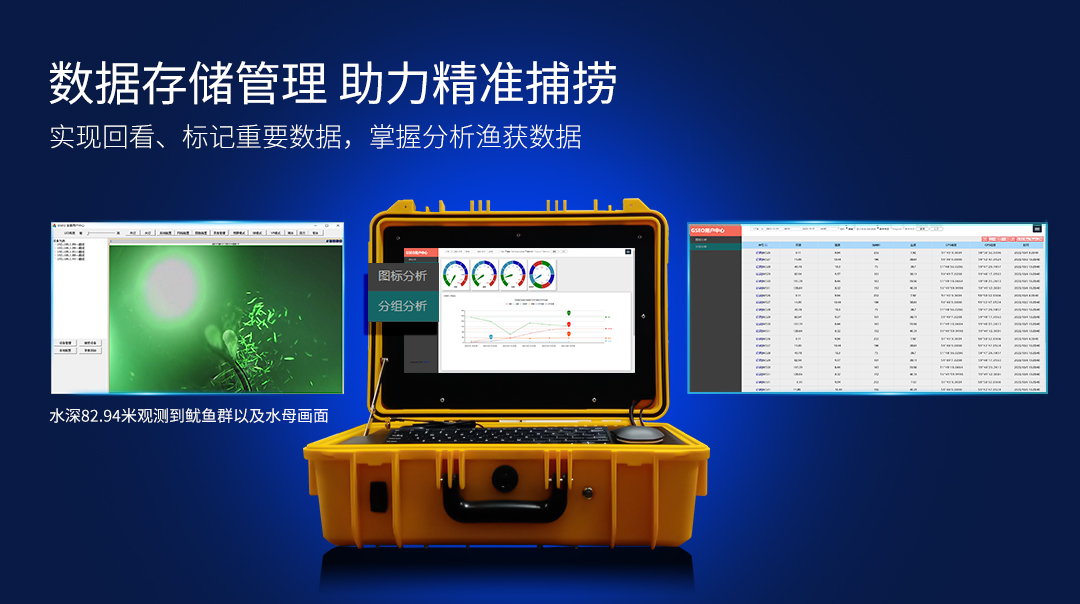News
- Company News
Company News
- Industry News
Industry News
Deep sea exploration difficult? I heard that with it, visual squid fishing can be realized!

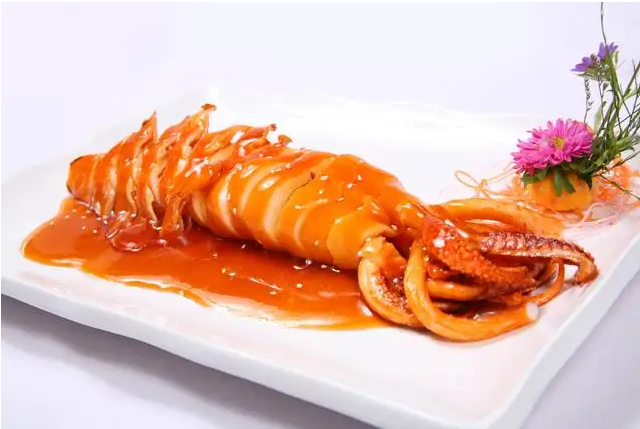
These squid delicacies can't be eaten by the editor alone!
Do you know anything about squid? What kind of squid is it? How to catch fish?
Squid, also known as squid and squid.
It belongs to cephalopod molluscs. At present, squid accounts for the largest proportion of global cephalopod catches, accounting for about 70% - 80% of the total catch. Among them, Argentinian squid is an important economic cephalopod in the shallow sea, with a short life cycle and rapid growth. It is the highest yield of single species in the deep-sea squid fishing grounds in the southwest Atlantic Ocean, with a maximum annual yield of more than 1 million tons. It is also one of the main catch species in China's deep-sea squid fishing industry.
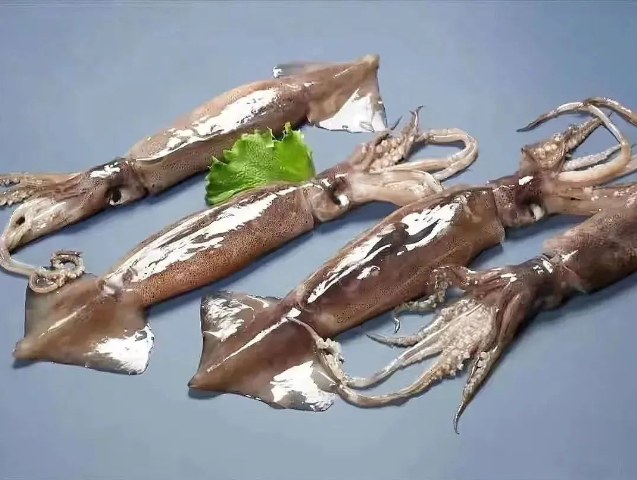
(Argentinian squid)
Part 1 Has gone through 33 years, from 0 to 1
In 1989, the "Puling" internship ship of Shanghai Ocean University was sent to the Japanese Sea and the Russian Sea for trial fishing of squid and achieved success, achieving a breakthrough of "zero" in China's pelagic squid fishing industry. After eight years, in 1997, Chinese Mainland squid jiggers entered the southwest Atlantic waters for the first time. It is reported that after 33 years of development, by the end of 2018, China's annual output of squid has been the first in the world for 9 consecutive years, and has become the world's largest producer, market and consumer of pelagic squid.
Part 2 Ocean squid fishing - Jiang Taigong fishing
Squid is their active area from more than 1000 meters to hundreds of meters and tens of meters under the water. If you want to catch squid, you must let the squid surface. The squid has a complex and developed eye structure, and has a large absorption capacity for green and blue light. Therefore, the squid has excellent vision and is extremely sensitive to light, and can harvest more in the night environment. According to the phototaxis of squid, we mainly choose light squid fishing - "Jiang Taigong fishing".
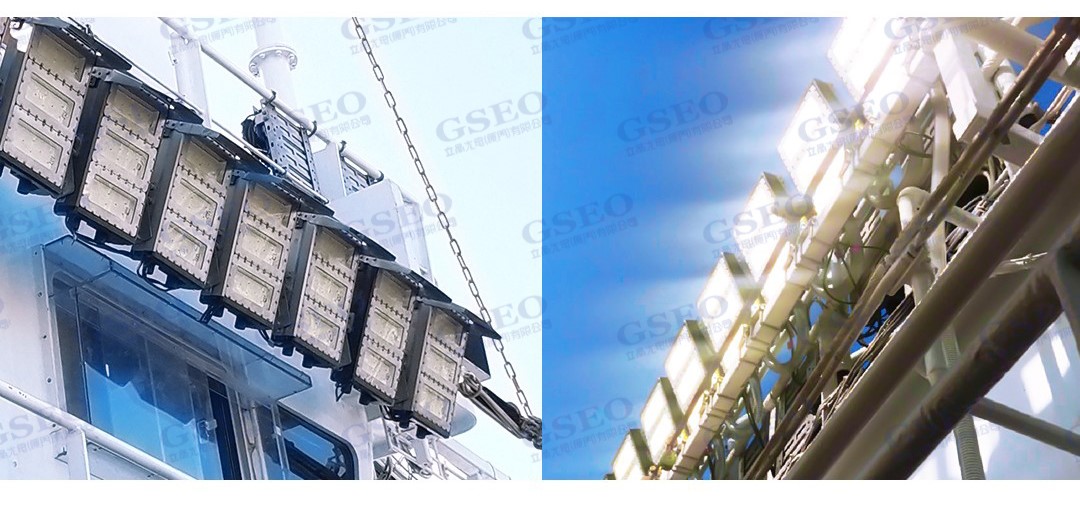
(Installation example of squid collecting lamp)
Usually, in the evening, the underwater fish collecting lamp is put. First, the fish collecting lamp is put from 300 meters to 200 meters, then 150 meters to 100 meters. After trapping the fish, the underwater lamp is turned on to recover the underwater lamp, and the squid is attracted to the shallow layer. The squid fishing boat is equipped with automatic fishing machines on both sides and a chain of 25-30 hooks. After catching the squid, the fish will be unhooked and enter the water tank, and the whole process of automatic fishing.
Part 3 Significant impact of various environmental factors
Argentinian squid mainly inhabits in the confluence area of the Brazilian warm current and the Malvinas cold current. Throughout the spring and summer, the phytoplankton is high, the sea water is rich in nutrients, and the phytoplankton and plants multiply in large numbers, creating a good nutritional condition for the survival and reproduction of Argentinian squid and other marine organisms. Therefore, its surface temperature, salinity, sea level height and chlorophyll are important factors affecting the fishing grounds.
Under the influence of environmental factors such as surface temperature, salinity, sea level height and chlorophyll, can squid be accurately caught in the vast sea?
It is reported that in 2014, there were about 140 Chinese squid fishing vessels operating on the high seas. By the end of 2018, there were about 600 Chinese pelagic squid fishing vessels, with a production of more than 520000 tons, accounting for about 20% of the world's squid production! It can be seen that China's ocean squid fishing industry has developed rapidly. To further develop ocean squid fishing, improve production efficiency, create automatic and intelligent equipment, and optimize operation technology have become the urgent needs of ocean squid fishing development.
Therefore, GSEO launched a new type of underwater camera, which can effectively realize the intelligent equipment, help the captain and crew to monitor the sea conditions in real time, independently monitor the seabed environment, grasp the squid population in real time during the operation process, and accurately catch squid in the vast sea, thus improving production efficiency.
01 Accurate detection of squid position
Most marine organisms such as Argentinian squid migrate horizontally and vertically day and night during the whole life cycle, and inhabit in different water layers at different stages or at different times of each day. Some scholars believe that in March to April, June to July and July to August, it is mainly distributed in the waters with water depth of 80-280 meters and bottom temperature of 4-10 ℃, while in November to December, it is selected in the waters with water depth of 70-90 meters and slightly higher bottom temperature. The distribution of fishery resources will also be affected by the Malvinas cold current and the Brazilian warm current. According to the differences in spatial distribution location and habitat environment, the Argentinian squid will form different populations of different sizes, and will be divided into different spawning groups according to individual size and location of spawning grounds. Squid spawning will be located in the seabed sand, making it impossible to find its trace. The female squid that has completed mating will sink to the seabed and fix the long ovarian tube between more ovarian tubes.
The D301 underwater camera supports 360 ° horizontal direction+270 ° vertical direction, supports high-resolution and real-time panoramic view of the surrounding environment, and timely understands the activity status of squid groups; Underwater lighting can be provided in the dark, and the operating water depth reaches 300 meters, which can monitor the range of squid movement and effectively attract squid groups.
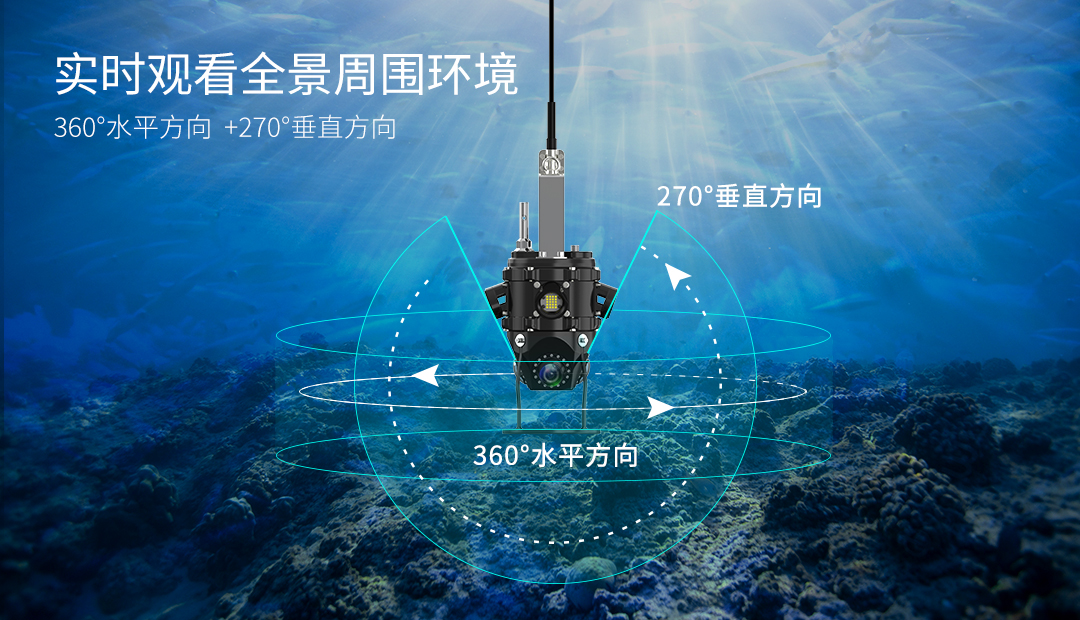
02 Real-time analysis of squid fishing environment
As a cephalopod with a short life cycle, Argentinian squid is extremely sensitive to the environment and the temperature has the most significant impact on its fishing grounds and resources. According to the research, the annual yield of Argentinian squid, the location of its main fishing grounds and the sea water temperature have certain differences and changes in different years, but the appropriate surface water temperature of the fishing grounds is basically 8-12 ℃. In the northern part of the Falkland Islands, the optimal sea surface temperature for Argentinian squid habitat is generally 7-15 ℃, When the sea temperature is lower than 10 ℃, the catch of Argentinian squid is significantly reduced. When the concentration of chlorophyll-a is high, the catch is large, and when the concentration of chlorophyll-a is gradually reduced, the catch is also gradually reduced.
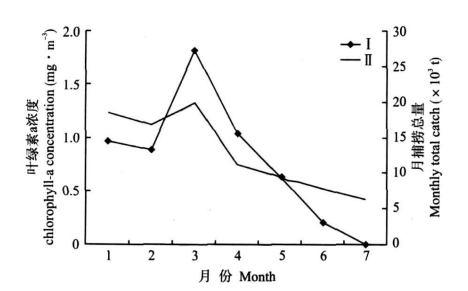
(Relationship between chlorophyll a concentration and fishing yield)
The D301 underwater camera is equipped with a variety of sensors to collect and analyze the seabed environment, water temperature, salinity, operating depth and other environmental factors in real time to help the captain and crew master the marine environment in real time and determine the squid fishing operation environment. At the same time, it can support multi-mode viewing of PC-end software to meet customers' viewing needs.
